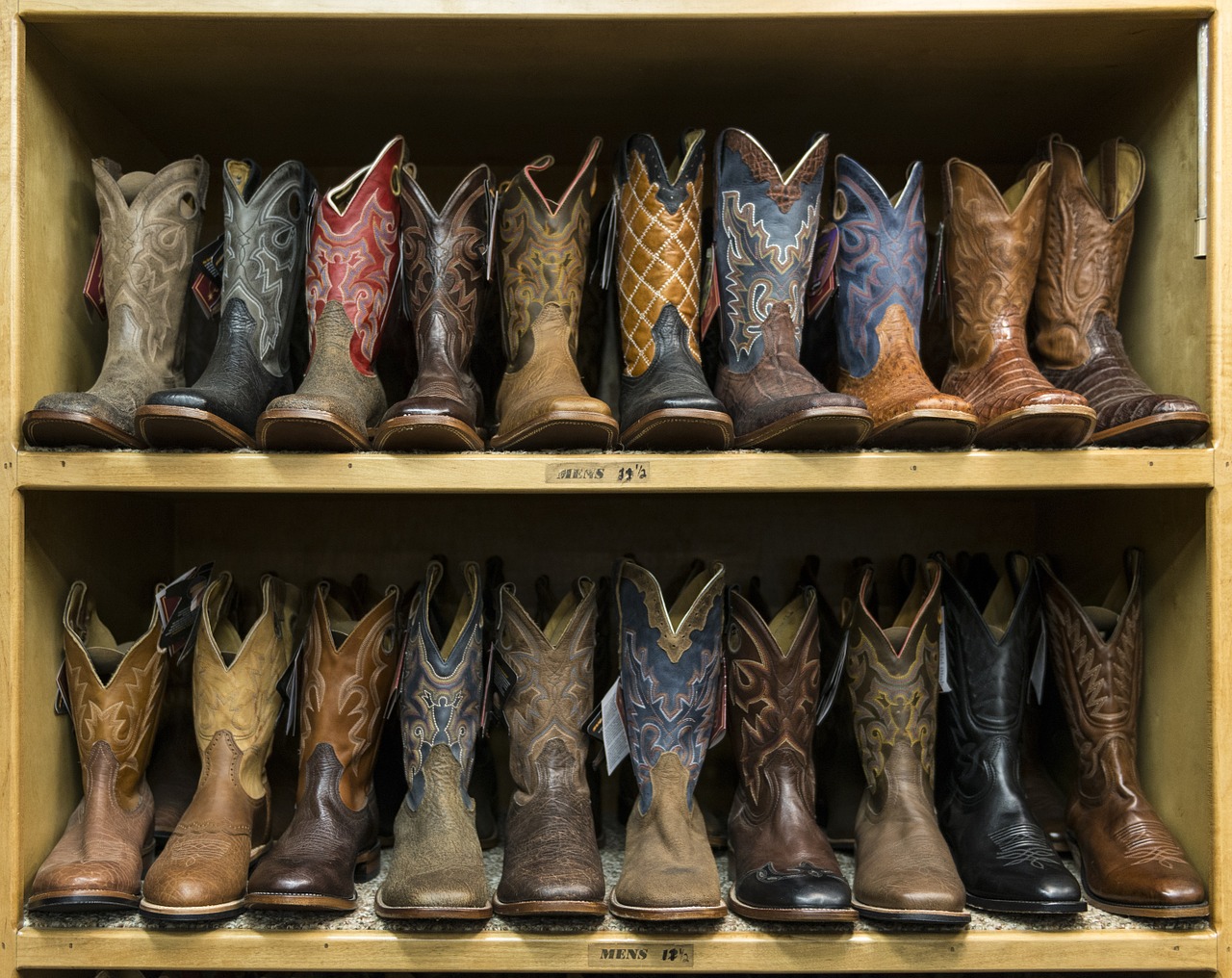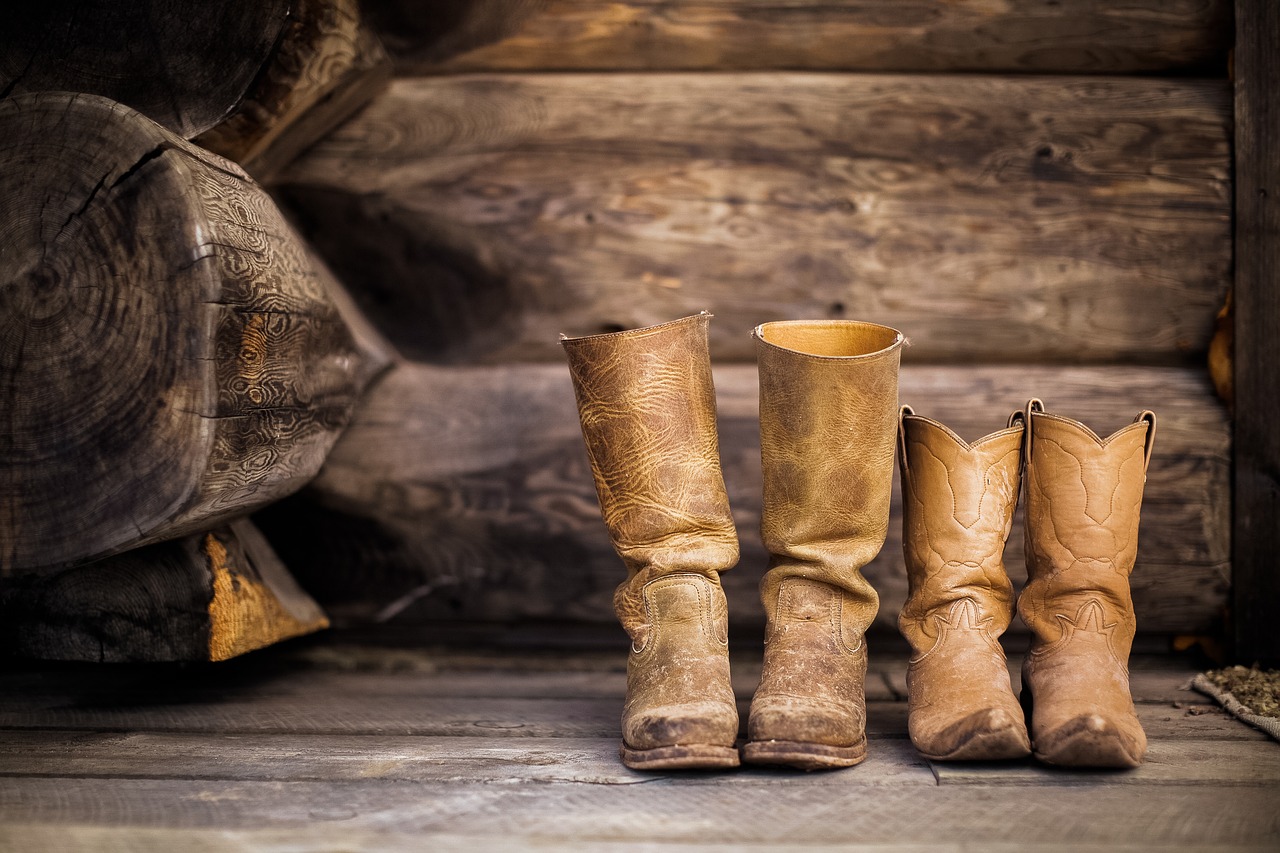Many exotic skin products are available, but what do those terms mean? How can you choose between gator, caiman, and crocodile skin boots if you don’t know what those animals are? Here’s a quick guide to the differences between gator, caiman, and crocodile skin boots.
Alligator Boots
Gator, or alligator, skin is probably the most familiar to American consumers. Most gator skin comes from farms in the southern United States. It is very supple and takes dye well. Perhaps most important, alligators tend to grow larger than either caiman or crocodiles and have a very elongated body. A farm raised alligator can easily hit 10 feet long, if not several feet more. This means that manufacturers can make even a very tall boot from one skin, rather than stitching multiple skins together.
Caiman Boots
Caimans live in South America and grow only three or four feet long. This means nearly all caiman products are stitched together from multiple skins. This process automatically lowers the value compared to products without that type of seam.

Crocodile Boots
Crocodiles can be found in Africa, Asia, Australia, and the Americas. They are nearly as large as alligators, but with a shorter belly. Crocodile skin and gator skin products are priced nearly the same, but caiman products are much cheaper.
Differences between them
At first glance, caiman skin may appear very similar to other crocodile and gator skin, but there are several tell-tale signs. Caiman is far less supple than the other skins, and takes dye somewhat unevenly. This is caused by a calcium rivet in the middle of each scale. The rivet accentuates the pattern, even after the dyeing process. This can be a positive or a negative, depending on your wishes, but the rivet also causes caiman skin to remain somewhat stiff compared to the others. In addition, every caiman scale will have small creases called osteodorms. This is the caiman version of a fingerprint.
Even experts can sometimes have a difficult time distinguishing between gator skin and crocodile skin. Crocodile skin boots are just as soft and supple and take color evenly. Perhaps the best way to tell the difference between crocodile skin and alligator skin is to inspect the scales for pores. Gator skin boots won’t have any, but crocodiles have one sensitive hair in each scale. This hair is removed during the tanning process, leaving a barely visible pore behind ().

Another difference lies in the shape of the scales. Both crocodiles and gators have larger rounded square scales across their bellies, the softest skin of all. Along the sides and back the scales are much smaller and rounder. In a gator, this switch from large square to small round happens suddenly, but crocodiles have a more extended transition period, where medium-sized scales provide a gentle phase from large to small. If your boots feature both belly skin and side skin, this is an easy way to tell what skin it is.
Softness, pattern, and price are the three primary considerations when purchasing exotic skin boots. Now that you know what to look for – enjoy shopping!
